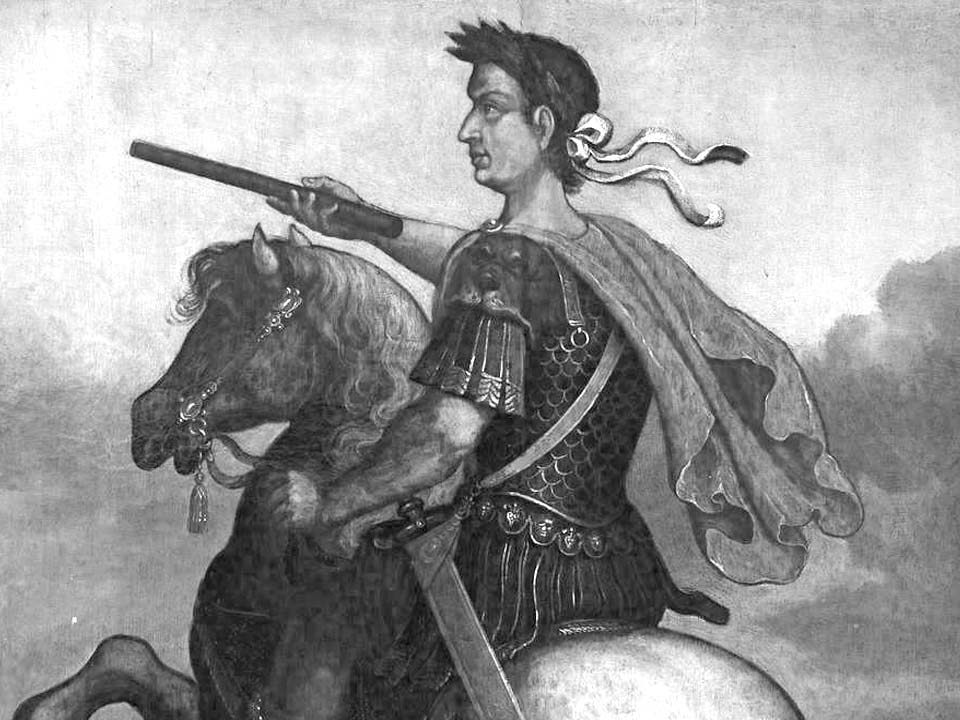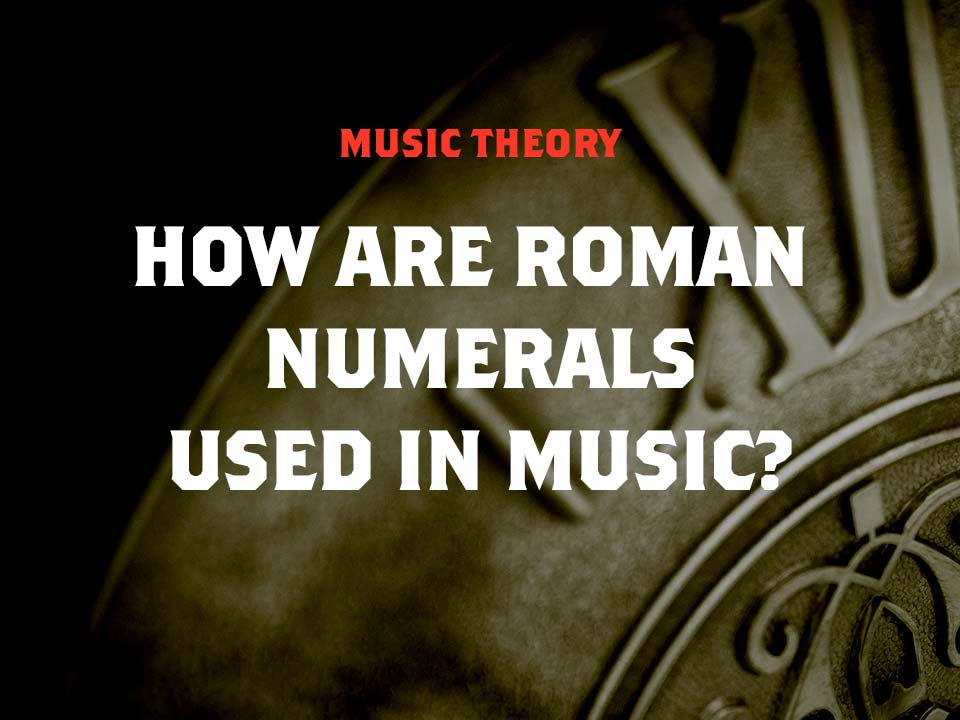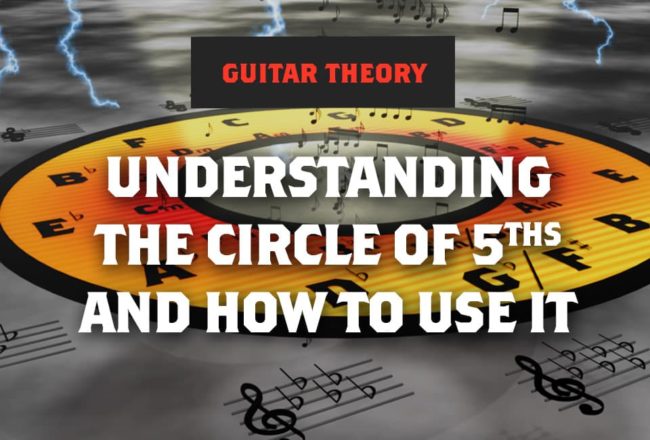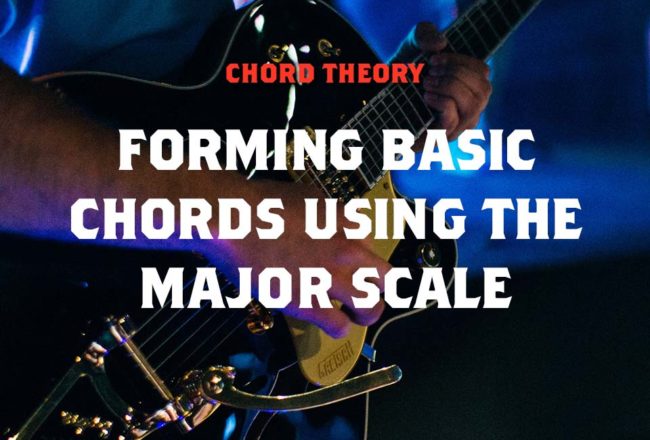In music Roman Numerals are used to denote the scale degrees and which degree a chord is built from, for example the V chord is the chord built from the fifth note of they key (In C major this would be the note G).
So what are Roman Numerals?
I grew up in a city just a few miles from ‘Hadrians Wall’ (A big stone wall that the roman emperor Hadrian had built to keep out what he saw as the toughest most dangerous people on earth – the Scottish. Even the bravest, mightiest romans didn’t want their heads cleaved in two by a claymore or to have their nice Italian wines replaced with Buckfast!). I always assumed it was normal for people to be taught roman numerals from a young age and was surprised to learn that not everyone knows them, many people just know the basics due to film sequels like Rocky IV or from video games like Final Fantasy VII or of course Streets of Rage II (Although in the US version they used a number 2 in the title).

Roman Numerals 1 – 10
For the purposes of music you only really need to know the numerals 1-7 but I thought it might be interesting to look into it a bit further, we’ll start with 1-3:
1 = I
2 = II
3 = III
Pretty straight forwards so far right? An ‘I’ represents 1, so two of them represent 2 etc. Until we get to 4. At this point we introduce the numeral ‘V’ which means ‘5’, IV means ‘4’ as it is ‘one before five’, we then get one after five (6), two after five (7) and three after five (8):
4 = IV
5 = V
6 = VI
7 = VII
8 = VIII
For the numbers 9-13 we use the symbol for Ten, which is X. IX is ‘9’, (one before ten) and we continue the same way as before:
Roman Numerals 10 – 20
9 = IX
10 = X
11 = XI
12 = XII
13 = XIII
For ‘14’ we need ‘ten plus four’ or ‘one before five, after ten’ ie XIV. And then the same process as before gives us up to ‘18’.
14 = XIV
15 = XV
16 = XVI
17 = XVII
18 = XVIII
Roman Numerals 20 and Beyond
By now you should be getting the hang of how this works. ‘20’ is XX, similar to how we get 2 by putting two I’s together. ‘19’ might seem like it would be ‘one before twenty’ but actually it would be XIX (ten plus nine or one before 10, after ten). Basically we’re separating the ‘tens’ column of the number from the ‘units’ so 19 is the symbol for 10 followed by the symbol for 9.
You can now make numbers up to ‘39’ since thirty is XXX similar to 3 being III. So 38 would be XXXVIII, 39 would be XXXIX. We can’t make 40 on-wards without knowing the symbol for 50, just like we need to know 5 (V) to make 4 (IV).
‘50’ is ‘L’. So now we can get up to ‘89’. I haven’t listed every number just a few examples to give you the idea.
40 = XL
49 = XLIX
50 = L
51 = LI
60 = LX
70 = LXX
80 = LXXX
89 = LXXXIX
For 90 we need to know ‘ten before 100’. 100 is C so:
90 = XC
99 = XIXC
100 = C
Roman Numerals 100+
From 100 we just use the same symbols as before but with C at the beginning. We just use the appropriate symbols for the hundreds, tens and units, so 143 would be CXLIII (C = 100, XL = 40 and III = 3)
The next two symbols are D (500) and M (1,000) and are used in the same way, a few examples are listed below:
500 = D
579 = DLXXIX
632 = DCXXXII
1,000 = M
1,588 = MDLXXXVIII
If you’ve ever watched the end of the credits on a BBC TV programme you may have noticed some Roman Numerals. This is to show what year the episode was made (Or first aired, I’m not sure which).
So an episode of Blackadder made in 1988 might say:
MCMLXXXVIII
A recent episode of Dr Who might have:
MMXVIII
Meaning ‘2018’.
As I said at the beginning we only use 1-7 in music for the degrees of the scale we are playing but hopefully this has been a bit of fun or at least an interesting topic and has provided you with a better understanding of Roman Numerals.













1 Comment
[…] We can number these chords with Roman Numerals: […]